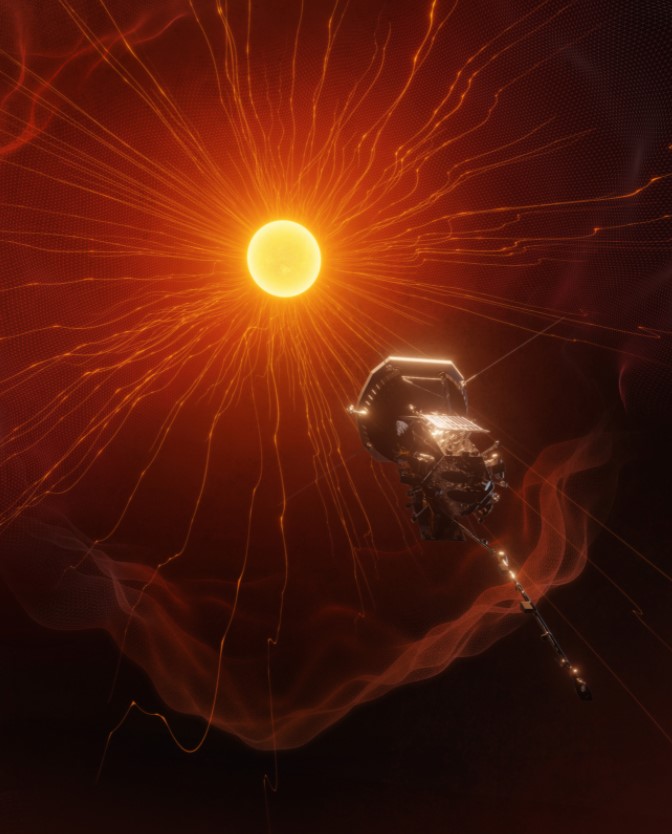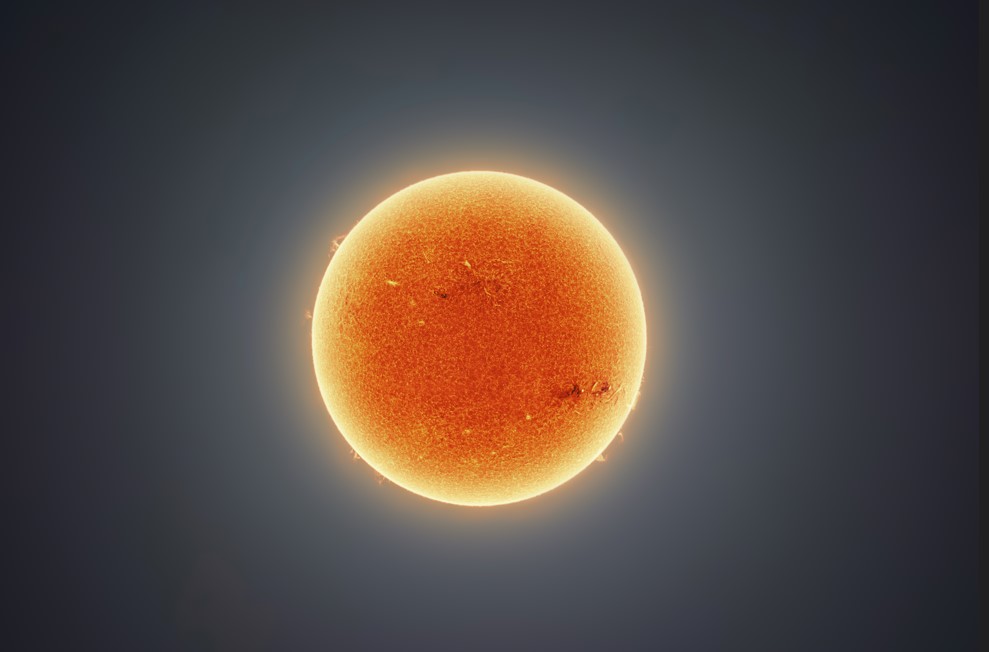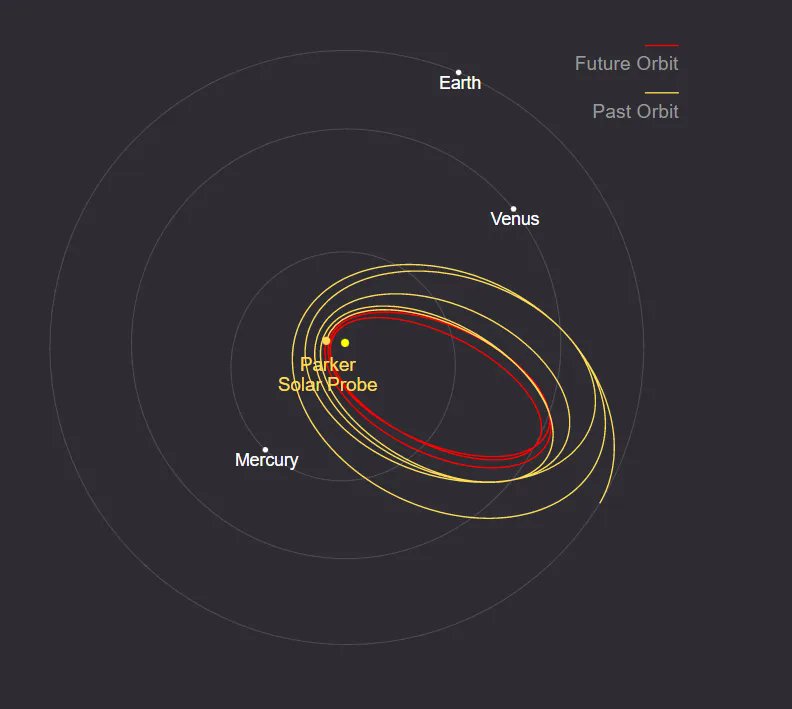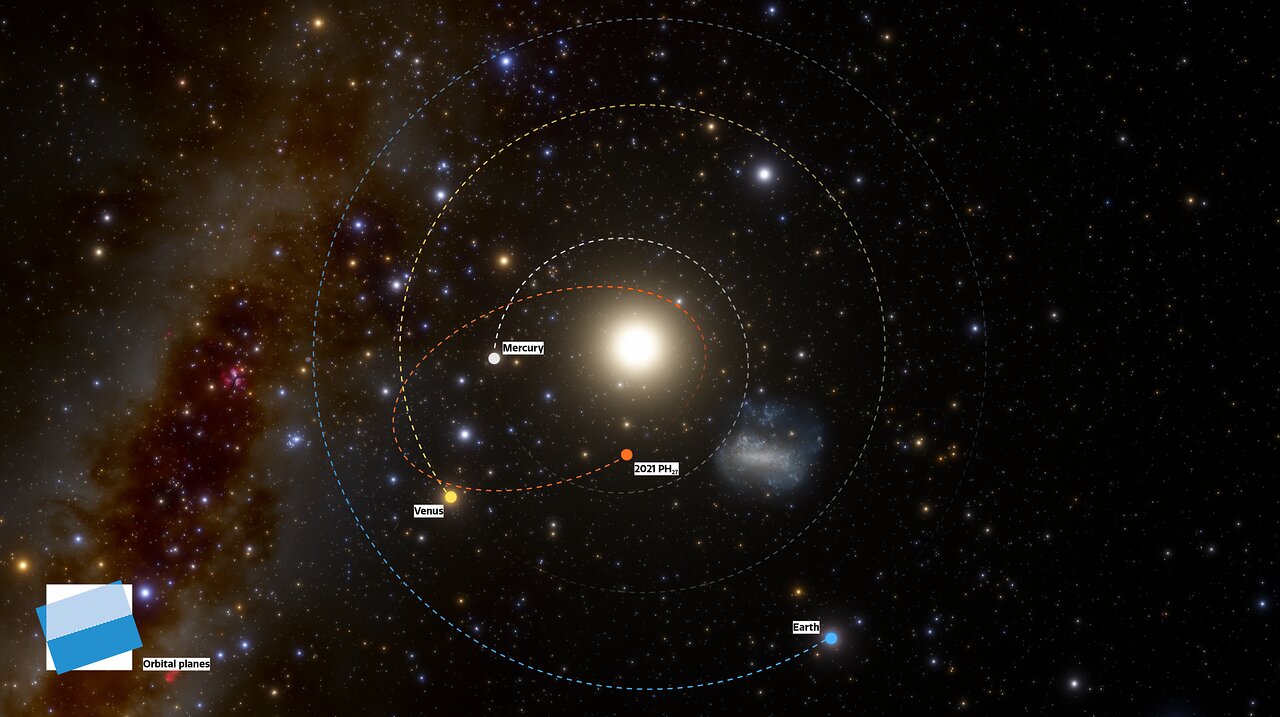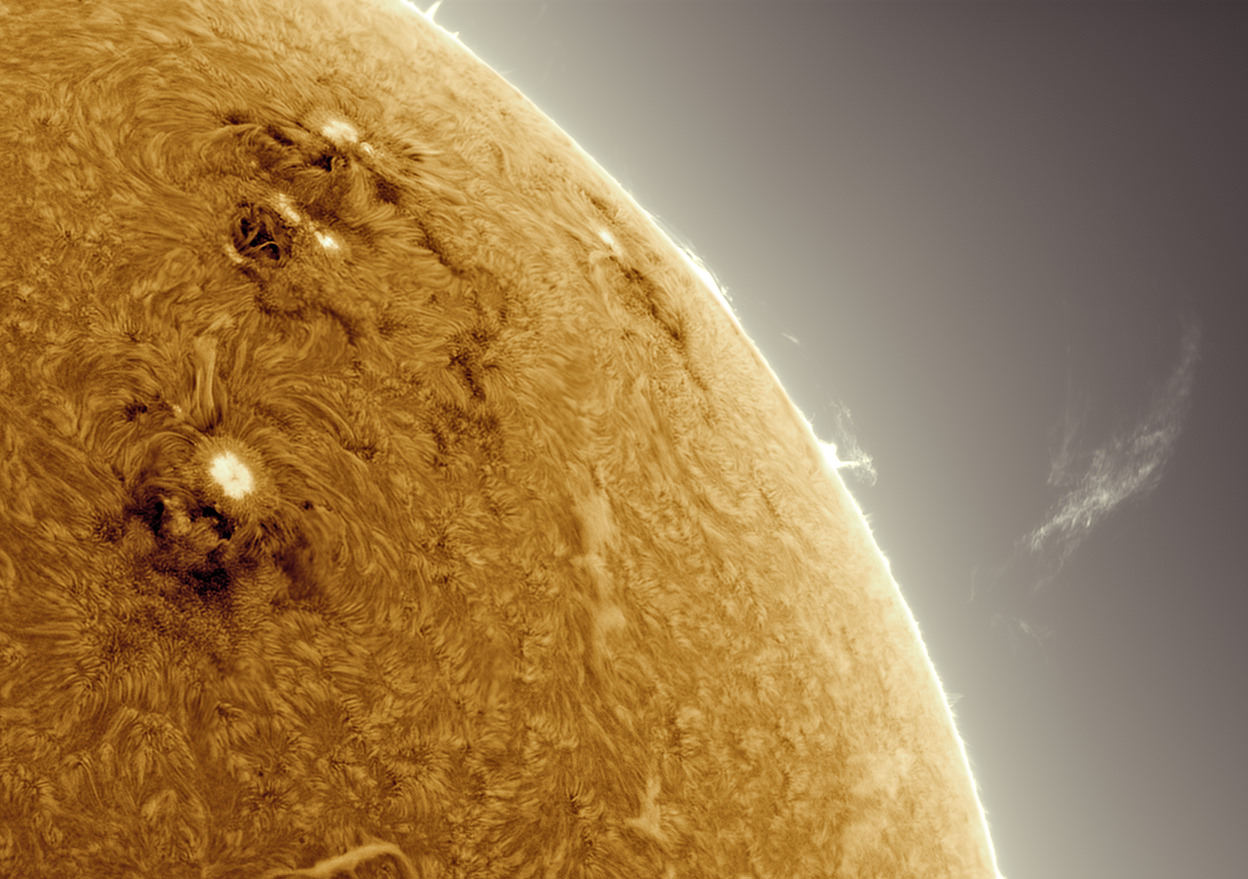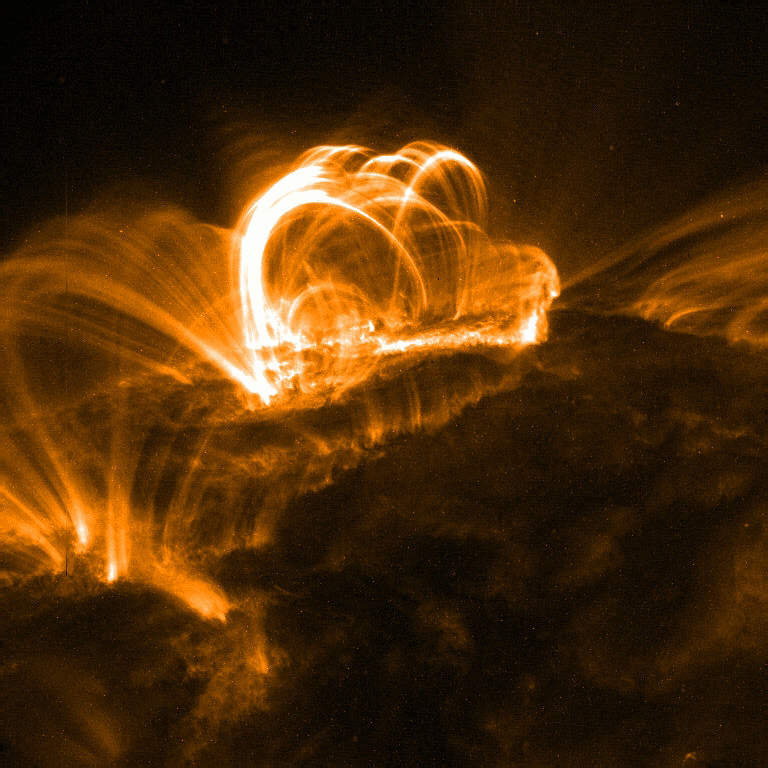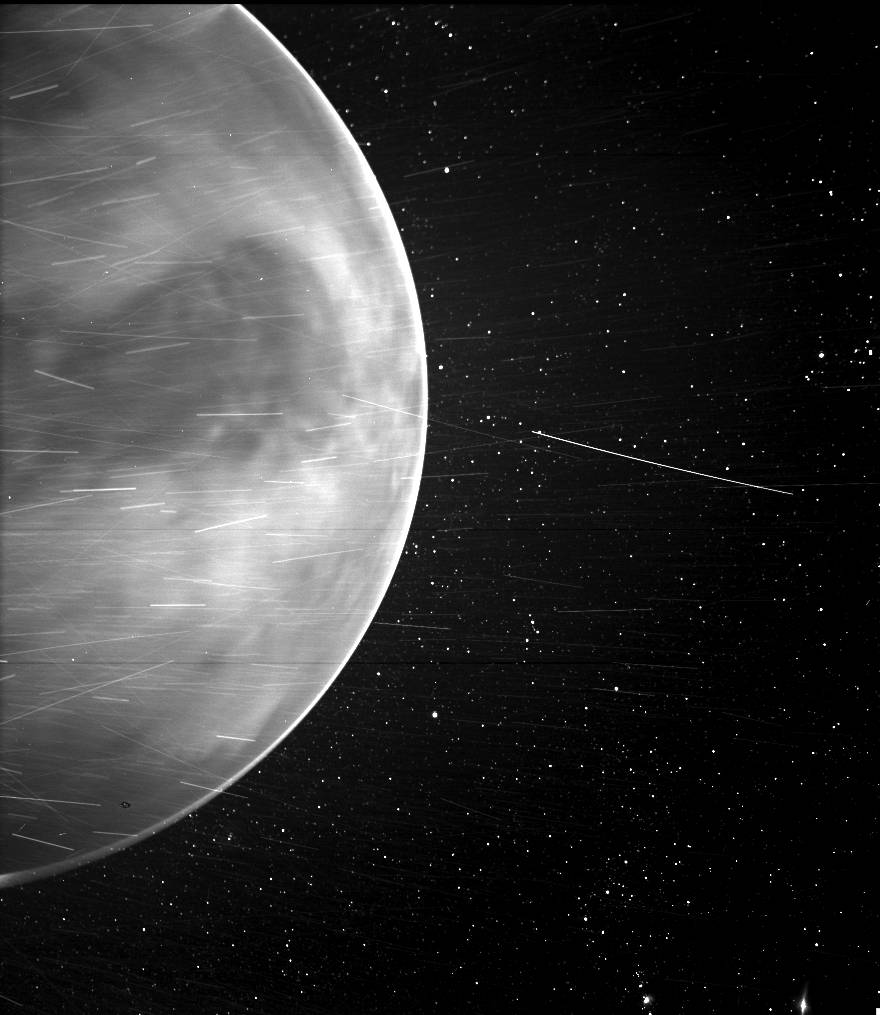For the first time ever, a spacecraft has flown through the Sun’s outer atmosphere. The Parker Solar Probe passed through the out portion of the Sun’s corona in April of 2021, passing directly through streamers of solar plasma.
And by the way …. there’s video of what the spacecraft “saw.”
Continue reading “Parker Solar Probe Flies Through the Sun’s Outer Atmosphere for the First Time”
